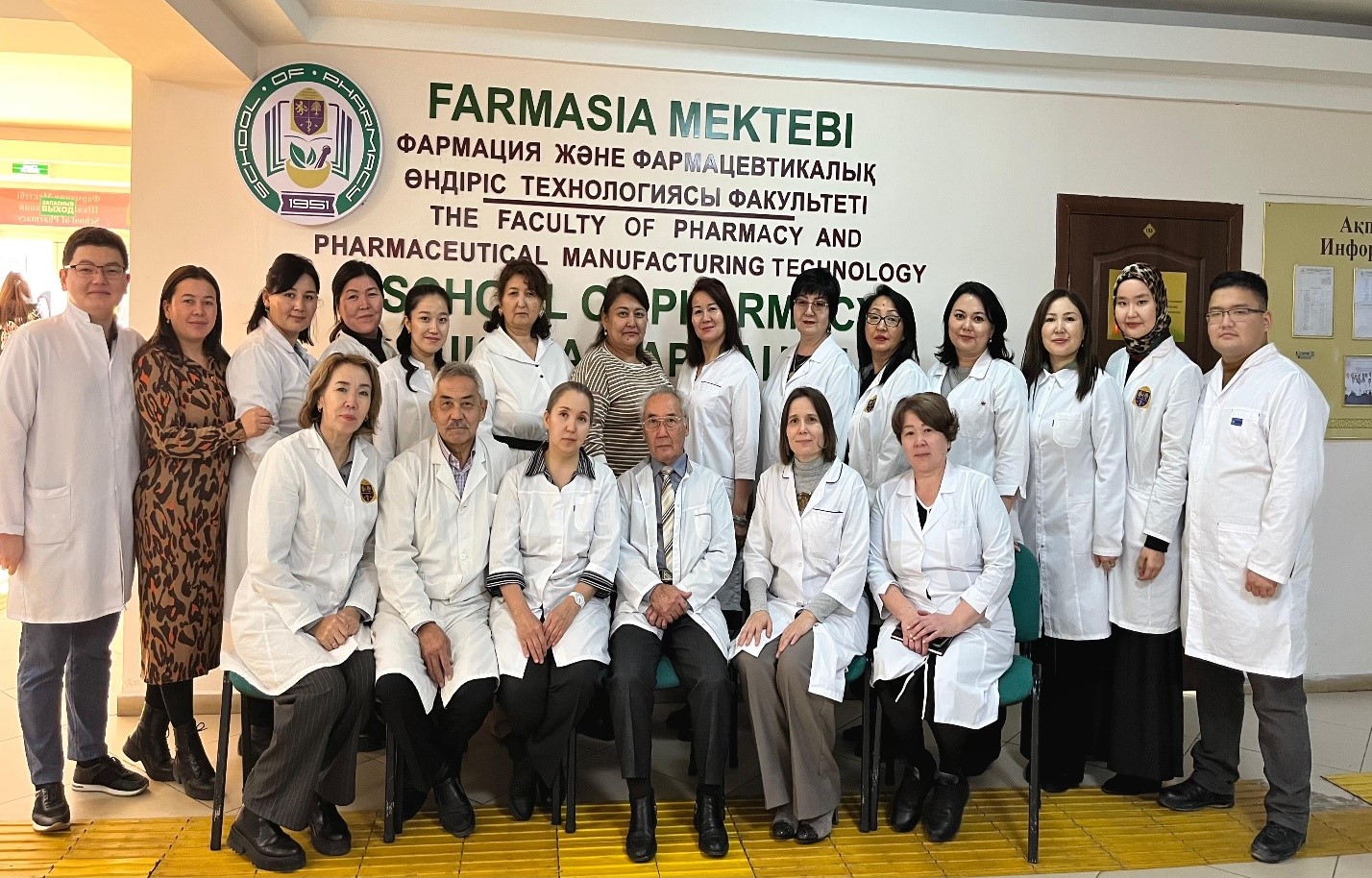
In the period from 1951 to 1955 technology course of dosage forms was part of the department of pharmaceutical chemistry. In 1955, the course was transformed into an independent department of technology dosage consisting of five employees; Professor N.S. Dubinin was the first onewho headed it from 1955 to 1987. With an increase in the number of students,a teaching staff was also expanding: at the same time associate professors such asPolyakova A.F. and Sdobnikova L.T. Vorovskii V.V., assistants Nikishenko T.K., Petrov I.N. and Petrova V.P and others worked at the department.
From 1987 to 1999, the department was headed by Professor Dilbarkhanov R,D., later in 2000 due to a decrease in the number of students, there was a merger with the department of organization and economics of pharmacy. Professor Dilbarkhanov R.D. implemented the management of the joint structure.
Since 2002, the joint department of OEP and drug technology was headed by candidate of pharmaceutical sciences, associate Professor DathaevU.M., from 2007-2011 doctor of pharmaceutical sciences Professor T. B. Baizoldanov.
In 2011, the department was transformed into a new unit in accordance with the credit technology in the module “Pharmacist-technologist” which was headed by doctor of pharmaceutical Sciences, associate Professor Sakipova Z. B.
In September 2016, the module “Pharmacist-technologist” was transformed into the department of drug technology with a course of technological disciplines, with a course of engineering disciplines, the head of which was doctor of chemical Sciences, Professor R. A. Omarova.
In September 2017, the department was headed by doctor of pharmaceutical Sciences, Professor of medicine technology and engineering disciplines UstenovaG.O. Director of the pharmacy department.
In August 2022, in order to update the structural units for the provision and implementation of the educational process, as well as on the basis of the decision of the Senate of KazNMU, the department was renamed “engineering disciplines and best practices”.
